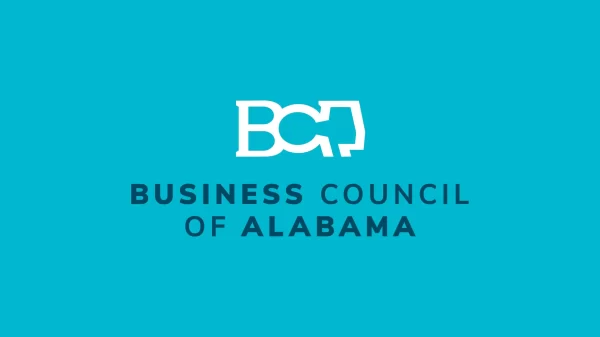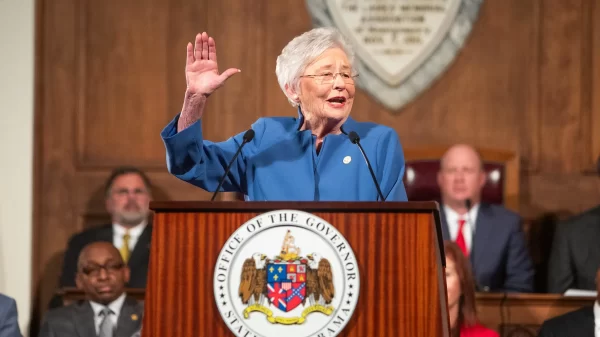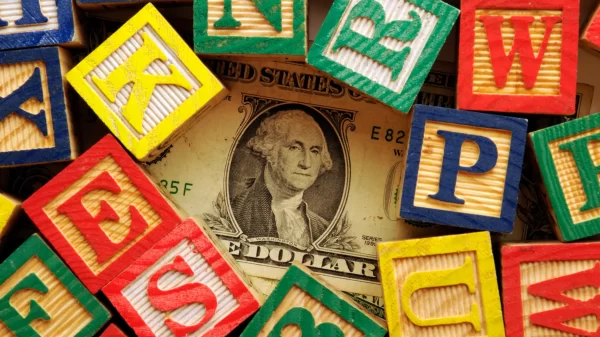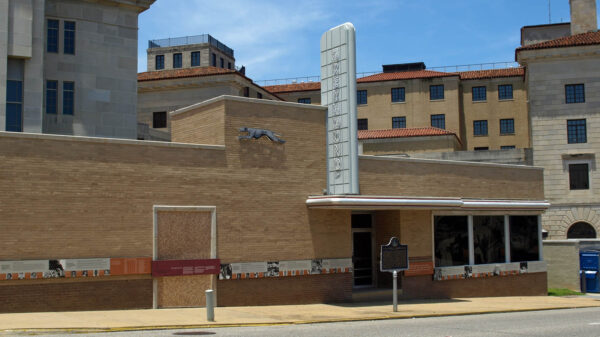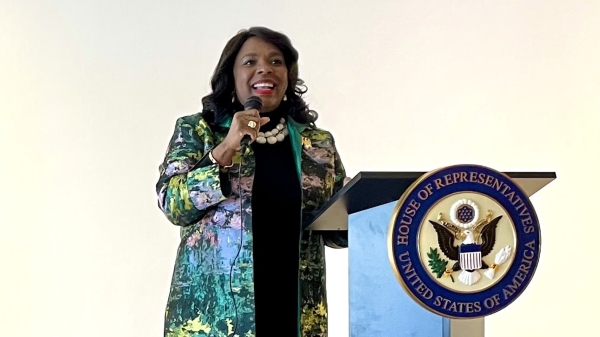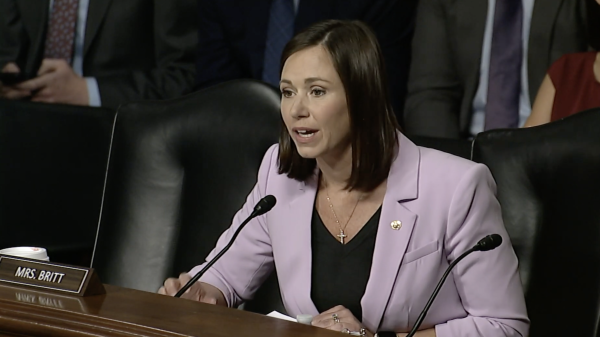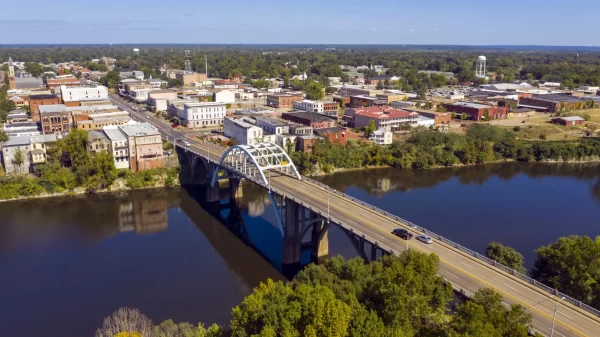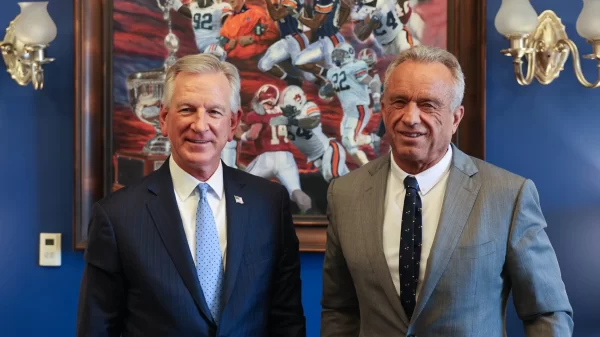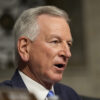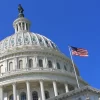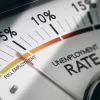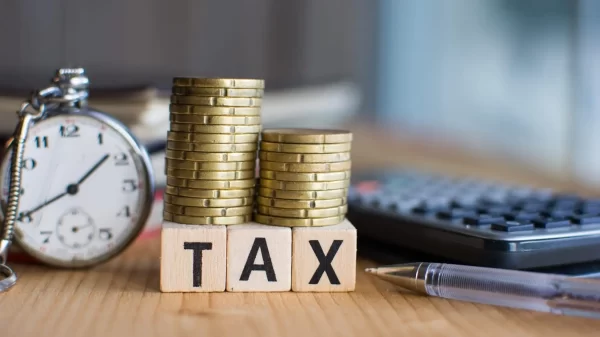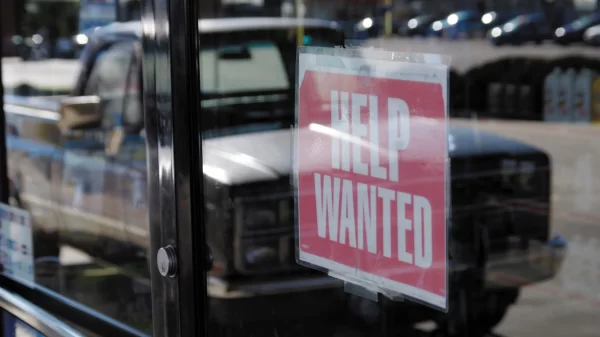By Brandon Moseley
Alabama Political Reporter
On Wednesday the Federal Reserve Open Market Committee met and in an 11 to 1 vote they decided that the economy needed much more vigorous action by the Federal Reserve.
The Committee announced it, “Seeks to foster maximum employment and price stability. The Committee remains concerned that, without sufficient policy accommodation, economic growth might not be strong enough to generate sustained improvement in labor market conditions. Furthermore, strains in global financial markets continue to pose significant downside risks to the economic outlook. The Committee also anticipates that inflation over the medium term likely will run at or below its 2 percent objective.”
In an attempt to support a stronger economic recovery while containing inflation over time the the Committee is continuing the controversial policy of purchasing additional agency mortgage-backed securities at a pace of $40 billion per month. The Committee also is going to purchase $45 billion or more a month of long-term Treasury securities, continuing the plan begun in September indefinitely.
The Committee will continue to reinvest the principal payments from its holdings in mortgage backed securities back into more agency mortgage-backed securities. Similarly the Fed will resume rolling over maturing Treasury securities at auction.
The Committee wrote in their release, “Taken together, these actions should maintain downward pressure on longer-term interest rates, support mortgage markets, and help to make broader financial conditions more accommodative.”
The Federal Reserve Committee said that they are going to continue these policies until the labor market improves substantially and if they don’t get substantial improvement the Committee is prepared to “employ its other policy tools as appropriate,” while still monitoring price stability.
The Committee announced that they intend to hold the federal funds rate at between 0 and 1/4 % until the unemployment drops to 6.5% or less. “When the Committee decides to begin to remove policy accommodation, it will take a balanced approach consistent with its longer-run goals of maximum employment and inflation of 2 percent.”
Chairman Ben S. Bernanke; Vice Chairman William C. Dudley; Elizabeth A. Duke; Dennis P. Lockhart; Sandra Pianalto; Jerome H. Powell; Sarah Bloom Raskin; Jeremy C. Stein; Daniel K. Tarullo; John C. Williams; and Janet L. Yellen all voted for the unprecedented QE3 policies. Jeffrey M. Lacker voted against both the asset purchase program and the characterization of the conditions under which the low range of the federal funds rate will be appropriate.
The Federal Reserve already holds $2.84 trillion of assets.
The Fed also lowered its 2012 growth projection for 2012 to no more than 1.8%. Ominously the Committee wrote, “Furthermore, strains in global financial markets continue to pose significant downside risks to the economic outlook.” The Federal Reserve is estimating that the GDP could grow by 2.3% to 3.0% in 2013 and the Fed is predicting that the unemployment rate next years could range between 7.4% and 7.7%.
Some economists are worried that this might be too much Federal Reserve Intervention in the economy.
A managing director at Miller Tabak, Peter Boockvar, wrote to clients, “The book is far from finished on the Greenspan/Bernanke Fed. In the meantime, markets will continue the dance of slow economic/earnings growth on one hand and massive central bank money printing on the other.”
The problem the Federal Reserve has is the federal government spends $3.54 trillion; but only takes in $2.44 trillion a year. This means that the treasury has to sell $1.1 trillion in treasuries to make up the deficit. To lure that much money out of stocks, real estate, foreign investments, commodities, etc. would require paying higher interest rates; but since the national debt is $16.37 trillion already, higher interest rates would cost the U.S. government hundreds of $billions in extra debt payments.
To keep interest rates low and attempt to stimulate the economy the Federal Reserve is the largest buyer of those treasuries. Essentially the Federal Reserve is creating money out of thin air using the full faith and credit of the United States to buy United States debt.





